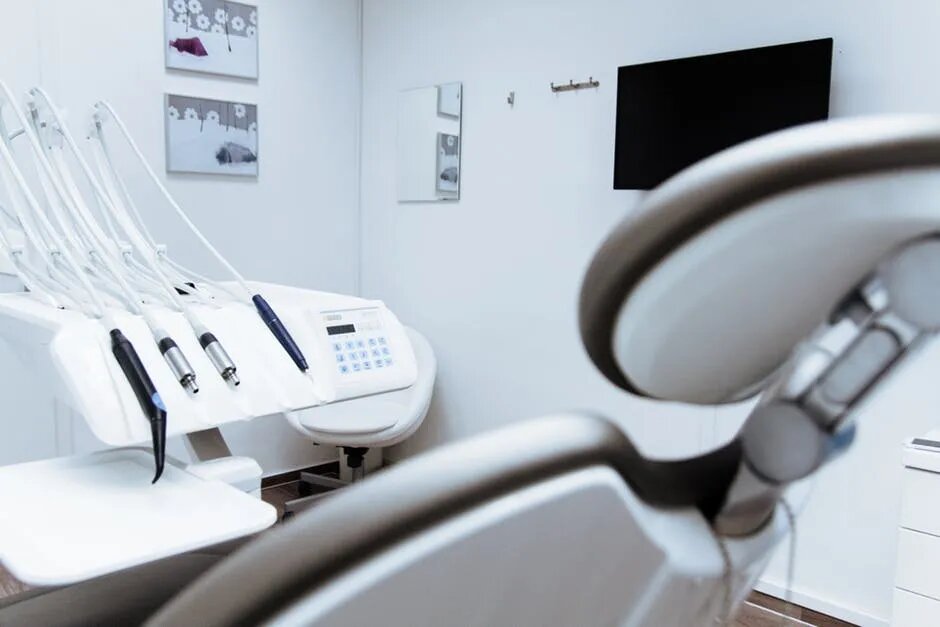Want to make a good first impression on everyone you meet? Try flashing them a brilliant smile!
Unfortunately for many of us with chipped, stained, or discolored teeth, that’s easier said than done. But don’t give up hope—cosmetic dental bonding can take care of those problems and restore your pearly whites to their former glory.
But what is cosmetic bonding, and will it work for you? Keep reading to find out.
What Is Cosmetic Bonding?
Tooth bonding is a cosmetic dental procedure that involves applying a custom-tinted composite resin to your teeth. It can repair a range of common complaints, including:
- Gaps between teeth
- Irregularly shaped or chipped teeth
- Fractured or cracked teeth
- Discoloration and decay
- Short teeth
- Protection of exposed roots (due to receding gumlines)
Cosmetic bonding is a fantastic alternative for those who aren’t interested in or don’t qualify for veneers. Many people prefer bonding over veneers because it tends to be less expensive and doesn’t always require shaving down your tooth enamel.
How Does Cosmetic Dental Bonding Work?
Unlike veneers, cosmetic dental bonding can be done completely in-house at your dental clinic. And if you’re only getting one or a few teeth repaired, it’s possible to complete the process in one visit.
Preparation
There’s little to no preparation needed for dental bonding on your end. Arrive at the dentist’s office with your teeth clean and flossed (if you’re overdue for a cleaning, make sure to get one before your bonding appointment).
Your dentist will then select a color that matches your teeth and prepare the bonding resin. The resin itself is a putty-like material that can be molded into the desired shape.
Local anesthesia may be required if the dentist has to drill out and smooth down your tooth or if the affected area is near a nerve. But if you’re only getting surface repairs, no anesthesia is needed.
The Procedure
The bonding procedure starts by roughening the surface of the tooth. The dentist will then apply a conditioning fluid that will help the resin to stick to your teeth.
Next, they will apply the resin to your teeth and mold it into shape. After smoothing it down, the dentist will shine a bright light on the resin. This light uses UVA waves to cure and harden the resin in only a few seconds.
Finally, they will smooth out and trim the resin until it looks and feels natural in your mouth. The whole procedure can take anywhere from 30 minutes to an hour for each tooth, depending on how much repair is needed.
Aftercare
You may experience some tooth sensitivity for a few days after your bonding procedure, especially if enamel was removed. To manage this, take over-the-counter painkillers as needed and consume mild, soft foods that aren’t too hot or too cold. Other than that, just continue brushing and flossing your teeth twice daily as usual.
How Long Does It Last?
It’s important to remember that the bonding resin isn’t quite as strong as your natural teeth (they’re hardier than we give them credit for)! Because of this, you’ll have to avoid activities that might damage your teeth. Just say no to chewing on ice, biting pens and pencils, and chewing your fingernails.
Grinding your teeth can also damage the bonding resin. If you grind your teeth in your sleep, consider investing in a mouth guard for night use. Grinding can wear down and chip off the resin much faster than with normal wear and tear.
Keep in mind that the resin will get stained from coffee, tea, soda, and smoking. But unlike your natural enamel, it can’t be corrected with whitening treatments. If you’re a caffeine addict, consider using a reusable straw to keep your favorite beverages off of your teeth
If you take good care of your teeth, dental bonding can last up to a decade. If you do develop chips, staining, or cracks after a few years, the affected areas can be repaired by your dentist.
Advantages, Disadvantages, and Risks of Cosmetic Dental Bonding
There are very few risks and side-effects associated with cosmetic bonding. An allergic reaction to the bonding resin is possible but extremely rare. Also, any infections or decay must be removed and treated before the procedure can take place, or they will continue to grow under the resin and eventually require a root canal or extraction.
The main disadvantage of cosmetic bonding is that it isn’t as strong or stain resistant as dental veneers or fillings. As such, it’s recommended more for smaller-scale repairs. If you need to correct large chips, severe wear and tear, or significant decay on the majority of your teeth, crowns or dental veneers may be a better option.
That being said, dental bonding is one of the easiest and most cost-effective cosmetic dental procedures available. It’s also much faster because you don’t have to wait for a third party to manufacture a tooth covering as with veneers or crowns.
Cosmetic bonding may be the best choice for people who want to correct chips, gaps, staining, or other imperfections on their front teeth. Because these teeth are under the least pressure while chewing your food, the bonding resin won’t be at as high of a risk for damage.
Is Cosmetic Bonding Right for You?
Don’t waste any more time being dissatisfied with your smile. If you’re tired of hiding your teeth and ready to make a change, dental bonding may be right for you. Investing in your smile can boost your confidence and help you make great first impressions everywhere you go!
If you have any further questions about cosmetic bonding or want to get the process started, Columbia Pike Family Dentistry is here to help. Our experienced team of dental professionals can help you decide which treatment is best for you and your smile. Contact us today to set up an appointment!

